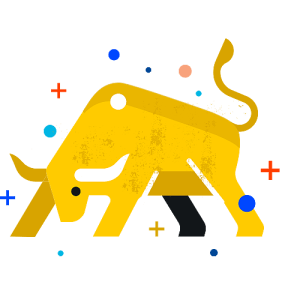Banana Republic's bold move just changed Fashion Week forever
By BANU IBRAHIM
Fashion Week is a great indicator of what trends are about to blowup for the following season. But it also poses a pretty frustrating problem for consumers: there's a giant gap between when you see the styles and when you can actually get your hands on them. Luckily, Banana Republic has solved that problem for good.
That's because at yesterday's Fashion Week presentation, at the same time that people could view the new looks, customers online could exclusively shop the pieces at home. That meant that there was zero lag time in between seeing and shopping (talk about fast fashion). It was a pretty genius idea, not only because it could directly involve their avid shoppers who couldn't make it to New York Fashion Week themselves, but it also completely revolutionized how Fashion Week operates.
And on top of it all, the entire Fall/Winter 16 collection had a certain je ne sais quoi, channeling chic styles from all over France to create a wardrobe fit for any confident and stylish world traveller. Silk tie scarves, fur stoles, fringed heels, and pastel trenches all were among the highlights of the day. It was clean and effortless, but wholly sophisticated.
While viewing the looks, we caught up with the man behind it all, Senior Vice President Michael Anderson. Anderson gave us the exclusives about how the collection came to life, the role online shopping played in the creative process, and how he views the Banana Republic woman.
To shop the collection, scroll through the gallery below!
Can you walk us through the process of how Banana Republic created this collection for New York Fashion Week?
It all starts with the inspiration. The team has to start with something to then build on, and the inspiration for this collection was France in general. But really more specifically the intelligence and the flair that French people tend to have. So went sent our teams to Leon, Paris, Provence -- whimsical towns as well as the cities -- and we really just immersed ourselves there. We took lots of photographs and came back and made these amazing boards. We even went into these old print houses and flea markets, getting all these amazing old vintage pieces, and it all kind of grew from there. So there's an eclectic-ness to the collection this time that we really love, but we also think its amazing versatile for our consumer. There's some really great pieces with print and texture, ones that range from high to low, and things that are bit more sporty versus things that are a bit more tailored. So overall, the collection has a very beautiful tailored appeal, but we're always making sure there's also the high-low aspect within that too.
So how long did that process take you and your team for collecting inspiration?
That process took maybe about two weeks. We came back and then we started pulling the inspiration boards together. We already had some idea of a color, but then we started building it from there with sketches, putting all the vintage pieces up on the wall, and looking at fabrications. We really wanted to get a lot more quality back into the brand, so there's a lot more Italian mills and a lot o French mills as well. We're really looking at textures and making sure prints have a sensual sensibility to them. Then we started sketching into it and then we started editing and pulling looks together.
What has been different or similar in the making of a collection that's completely shopable by the time it debuts?
You know what, there's no real difference to be honest. We're still designing with our consumer in mind and also have the ability to get fashion into her wardrobe. It has to be versatile but we still want it to have that fashion edge, so really all we're doing is selling it to our customers faster and a little more directly -- which is really a plus up for them. But it doesn't really effect the way we're designing or looking at the product.
How often do you look at runway trends to inspire your creative process? And how do you balance that with maintaining the brand's traditional roots?
I think as a brand we need to look at ourselves as a brand and look at our core purposes and what we stand for. As a designer, you want to be aware of what people are doing, but its not really what drives us. Obviously there are trends, macro-trends that happen, and everyone is jumping onto them at the same time. Hopefully we are with the trend or ahead of it, but we have to make sure that our consumers are with us as well. We're not a Gucci or a Tom Ford, but we believe that we have just as much to say to our consumer as those brands do. It's really important for us to be able to capture that spirit to our consumer the same way they are for theirs.
How would you describe the Banana Republic person?
I would say confident, opinionated -- obviously stylish, but they want to make sure they have that balance of high-low in their wardrobe.
A post shared by Kanvas (@kanvasapp) on Feb 11, 2016 at 1:36pm PST
More Fashion Week:
Rihanna's FENTYxPUMA Collaboration takes the fashion world by storm
Watch (and shop!) the Rebecca Minkoff Spring/Summer collection
Kate Spade takes autumn romance all the way

